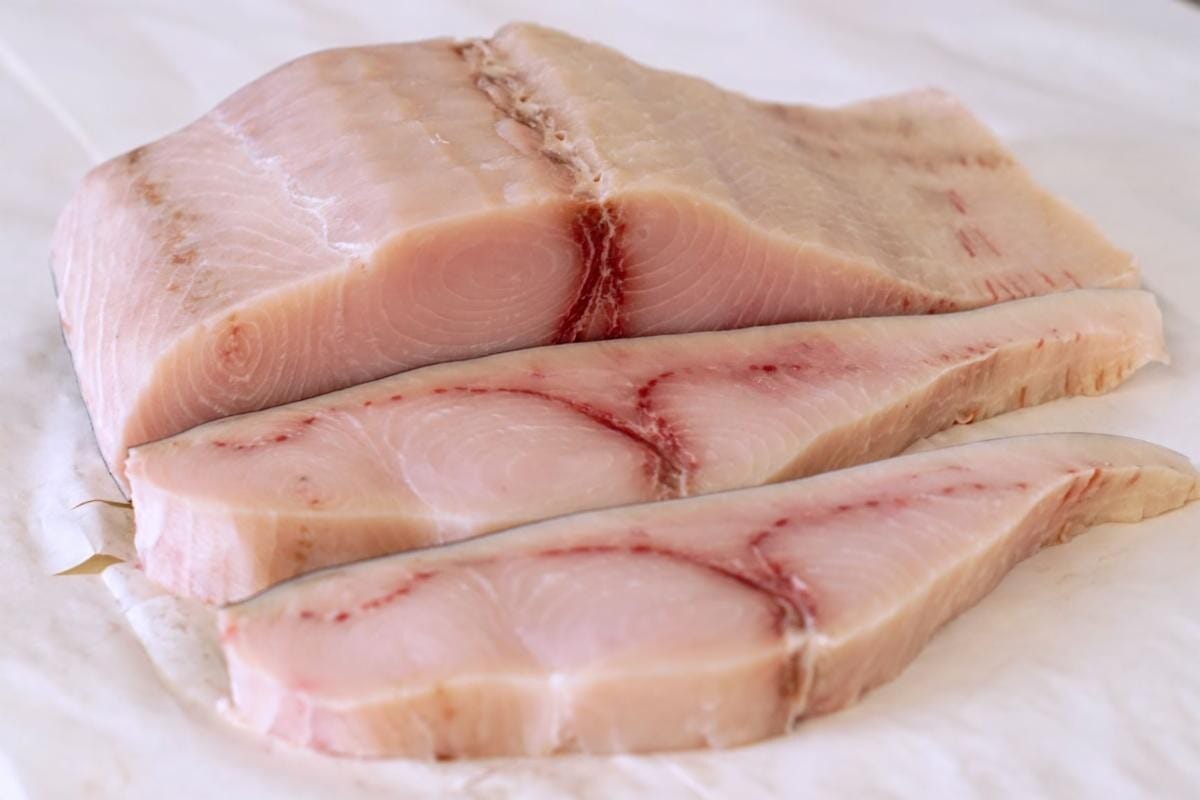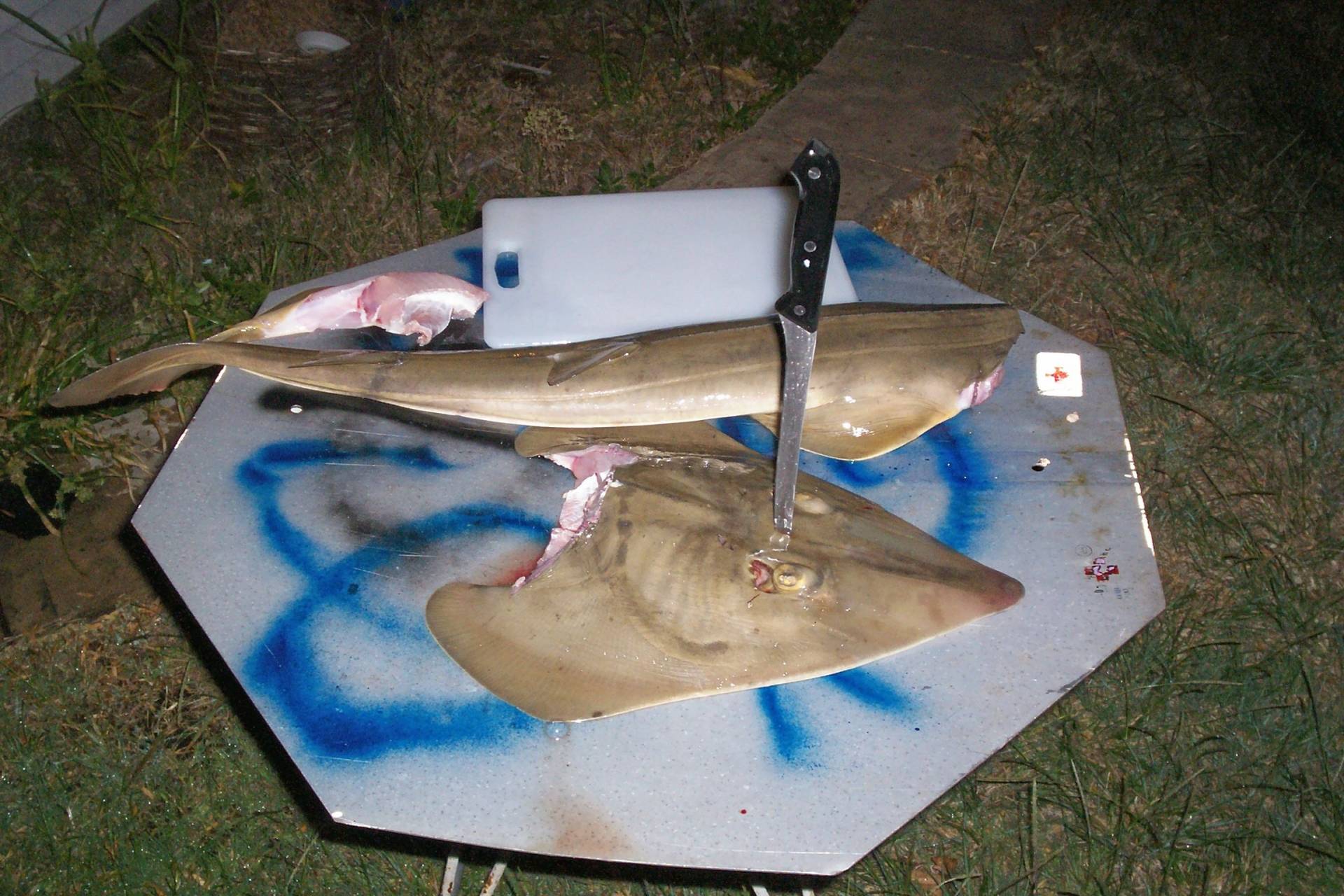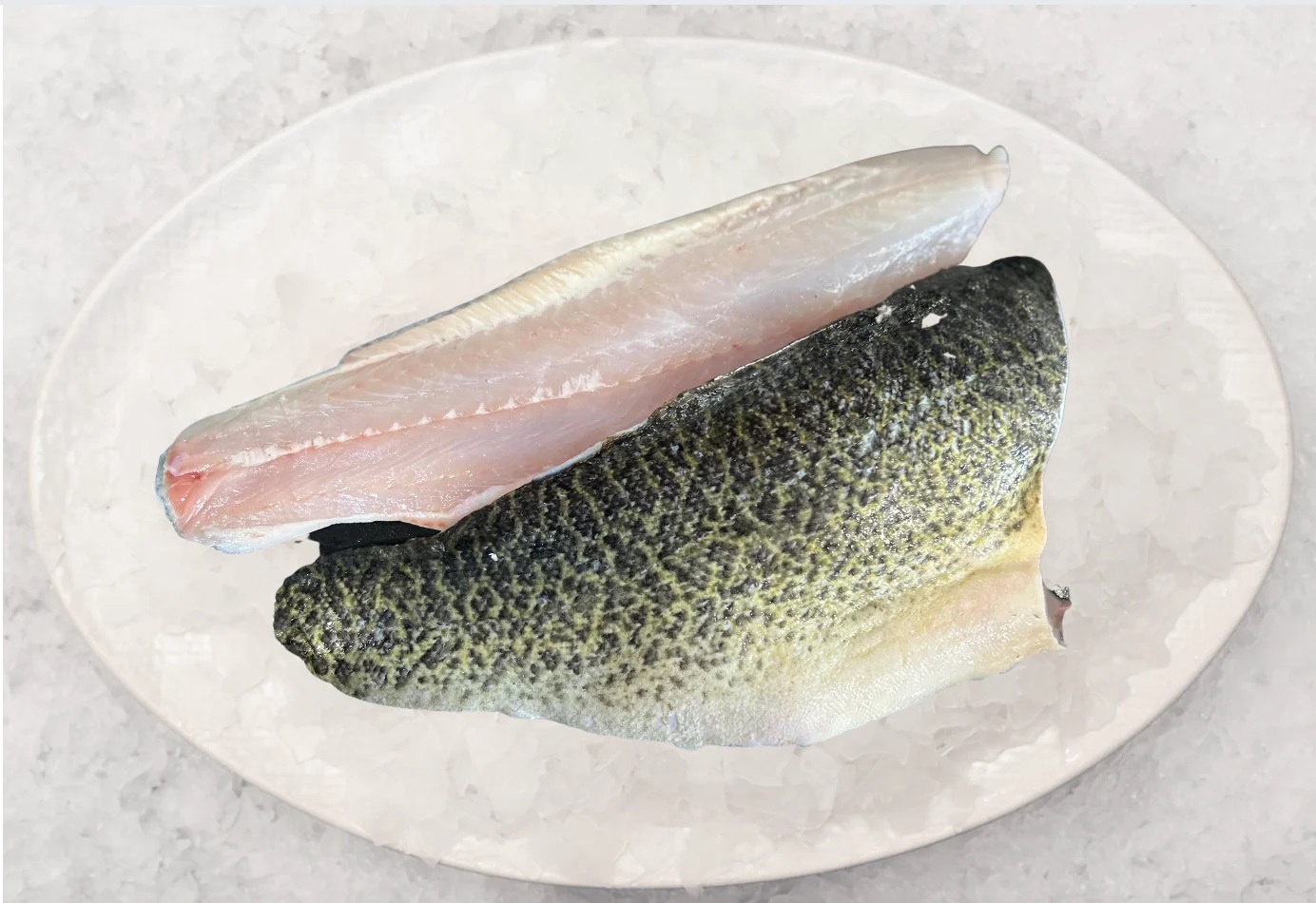Mastering the Art of Swordfish Filleting
There’s nothing quite like the satisfaction of preparing a fresh catch, and filleting a swordfish is a rewarding skill to master. With its firm, meaty texture and rich flavor, swordfish is a popular choice for seafood lovers. If you’ve ever wondered how to fillet a swordfish, you’ve come to the right place. Follow these step-by-step instructions to expertly fillet a swordfish like a pro.
What You’ll Need
Before you begin, gather the following tools and ingredients:
- Sharp fillet knife
- Cutting board
- Fresh whole swordfish
- Paper towels
- Plastic wrap
- Container for the fillets
Step 1: Prepare the Work Area
Start by laying out your cutting board and placing the whole swordfish on top. Make sure your work area is clean and well-lit to ensure precision during the filleting process.
Step 2: Remove the Head and Tail
Using a sharp fillet knife, remove the head and tail of the swordfish. This will make it easier to handle and fillet the fish.
Step 3: Make the Initial Incision
Lay the swordfish on its side and make a deep incision behind the gills, cutting down to the backbone. Follow the natural curvature of the fish to guide your knife.
Step 4: Follow the Backbone
With the initial incision made, carefully run the knife along the backbone, using smooth, steady strokes to separate the fillet from the body of the fish. Take your time and let the knife do the work.
Step 5: Remove the Skin
Once the fillet is separated, lay it skin-side down on the cutting board. Starting at the tail end, insert the knife between the flesh and the skin, using a back-and-forth motion to gently separate the two. Continue until the skin is completely removed from the fillet.
Step 6: Trim and Clean the Fillet
Inspect the fillet for any remaining bones or dark flesh, and carefully trim them away. Use paper towels to pat the fillet dry, removing any excess moisture. Wrap the fillet in plastic wrap and place it in a container for storage.
Step 7: Repeat on the Other Side
Turn the swordfish over and repeat the filleting process on the other side to yield a second fillet. With both fillets prepared, you’re ready to cook, grill, or freeze them for later use.
Now that you’ve mastered the art of swordfish filleting, you can enjoy the fruits of your labor in delicious seafood dishes. Whether you’re cooking for a special occasion or simply indulging in a gourmet meal at home, the skills you’ve acquired will serve you well in the kitchen.
Remember, practice makes perfect, so don’t be discouraged if your first attempt isn’t flawless. With time and experience, you’ll become more confident and efficient in filleting swordfish.
So, roll up your sleeves, sharpen your knife, and get ready to impress your friends and family with your newfound swordfish filleting expertise!
Once readers have mastered the skill of filleting a swordfish, they can dive into an array of delicious recipes. For those who enjoy a smoky flavor, try Grilled Swordfish Steaks with Lemon-Herb Butter. If a quicker option is preferred, Pan-Seared Swordfish with Garlic and Capers is a fantastic choice. For a light and refreshing meal, Swordfish Tacos with Fresh Salsa offers a burst of flavor. Adventurous cooks might appreciate Swordfish Curry with Coconut Milk, which brings a tropical twist. Each recipe showcases the versatility of swordfish, ensuring there's something for every palate.











